Editor's note: This story of children in Tahrir Square during the Egyptian revolution has a back story we want to share. We saw a photo of kids painting in Tahrir from the BBC with this caption:
"Schools in Cairo have been closed during the protests. But there are so many mothers who want to attend the demonstration that many bring their children here - to a kindergarten organised by the demonstrators."
Since we couldn't find more information on this online we asked a few protesters who were actively tweeting if they would send us details. Here is a heartwarming, earnest, and surprisingly gripping account of the uplifting role of children in Tahrir Square during three weeks of revolution. It was sent to GOOD by Mosa'ab Elshamy (@mosaaberizing) a pharmacy student in Egypt.
I'm not exactly sure when the kindergarten idea started, but I'd say it became most prominent when the situation in Tahrir got less tense, which was from the second Friday. The first one, January 28, in which people marched from every district in Cairo to Tahrir, was a violent and bloody one. Police used every possible means of suppression from tear gas to live ammunition. Very few families stayed in Tahrir then as it wasn't safe.
The place was mostly occupied by young men but, still, a few women were present there. The second Friday, the 4th of February, was a festive one. It was after the tense situation in Tahrir cooled for a bit, and the army had finally stepped into the picture, offering protection and keeping the thugs away. The mood stayed like that throughout the week until the decisive Friday, February 11, when Mubarak stepped down and jubilation ensued.
Some of the kids would do their own marches around the square, with people applauding and smiling at them.
So, from this second Friday, the 4th, till a week later, Tahrir was one of the happiest places on earth. The spirits were wonderful throughout, and more people started believing in us. Tahrir was much safer, the thugs' attacks had stopped. Many factors allowed families to come to Tahrir then. A lot of them would usually come early, spend the day chanting, singing, and enjoying the general mood, then leave before the curfew hours started. There were a few families that stayed, though, and that sparked the idea to create a kindergarten in Tahrir Square.
I would say, like the BBC suggested, that many brought their kids out of fear of leaving them alone. I personally met an Alexandrian family on one of the very first days of the revolution. They had come all the way from Alexandria—quite distant from Cairo—and their child was barely two-years-old. I had to ask the mother why would she come along, and weren't they afraid for the kid? But her answer was that she just couldn't stay at home. That her husband came and she had to join him along with their toddler. So that's one reason why families were in Tahrir. But not the only reason. Even the kids knew what was happening in Tahrir and wanted to join in the festivities. They didn't want to miss something like that.
Even the kids knew what was happening in Tahrir and wanted to join in the festivities. They didn't want to miss something like that.
It's difficult to estimate numbers, but I think not less than 10 percent of those present in Tahrir were families. They added a special spirit to what we started calling Republic of Tahrir. Some of the kids would do their own marches around the square, with people applauding and smiling at them. They were quite an integral part of the place and everyone took care of them. When Tahrir would get crowded and a kid got lost from his parents for a while, we would quickly mention their name in the large microphones set in the square and the parents would easily find them.
I wouldn't say the kindergarten idea was set up by specialists. But there were people of all professions in Tahrir which obviously included teachers. But many of those working on the kindergarten were ordinary mothers who would take care of the kids and look over them while they were painting or reading. It was usually set in the safest area of the square, just in case anything would happen, and the kids were being kept at a distance from any possible tension. But obviously it wasn't professionally set up. I mean, it didn't have working hours or a fixed schedule, because the place was quickly developing and changes were taking place from day to day. Still, the main core was maintained and any kid could join, play with others for some time, and indulge in children's activities for a while. It was quite heartening to say the least.
Except for the street vendors which set their spots and sold food or telephone recharge cards, almost everything in Tahrir was free. New supplies arrived in the square on a daily basis like blankets, medical aids, and tents. They were being given to everyone in need. So, yes, to answer your question, the kindergarten was obviously free of charge just like everything else.
Regards,
Mosa'ab Elshamy
Mosa'ab Elshamy is a pharmacy student and photographer. His Twitter bio reads "I revolted and overthrew a dictator."
Images: (cc) of children in Tahrir Square by Flickr user YasminMoll.






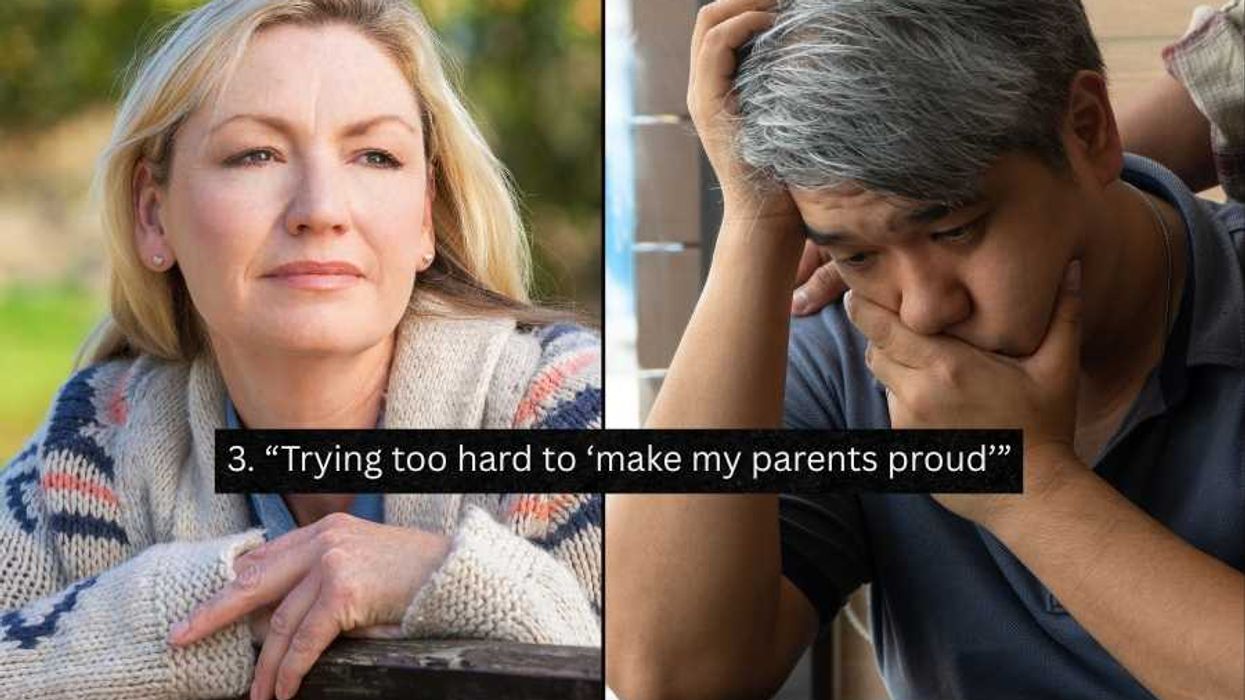
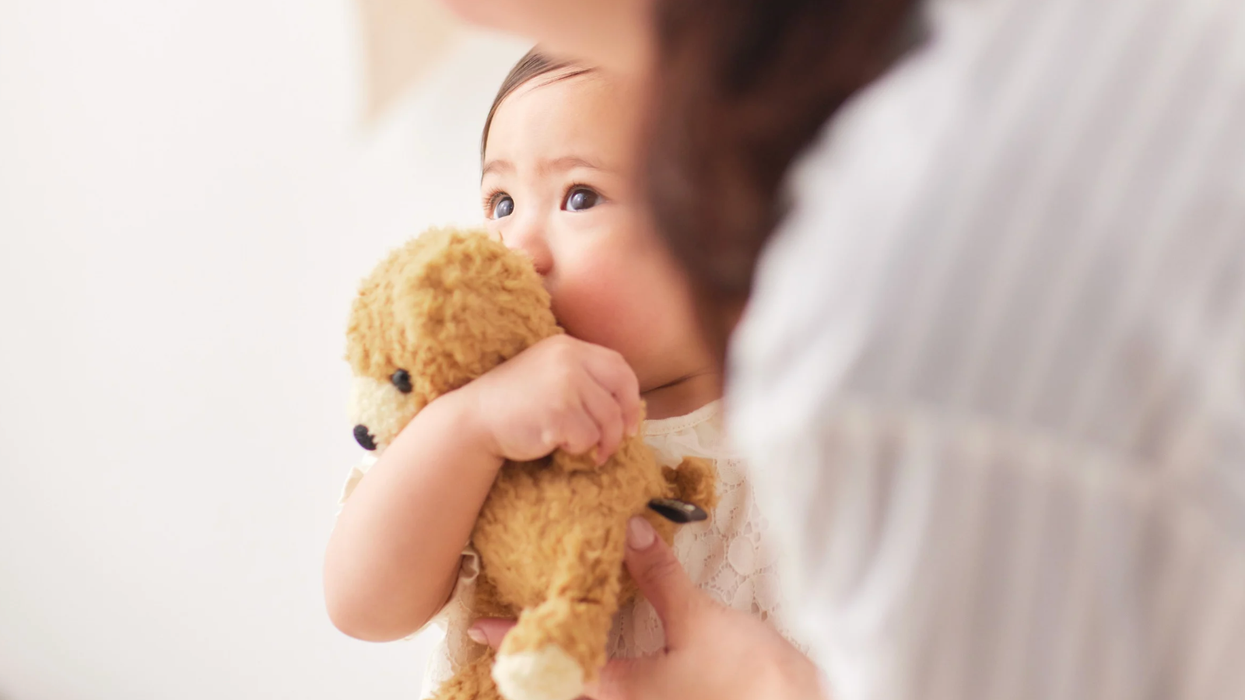


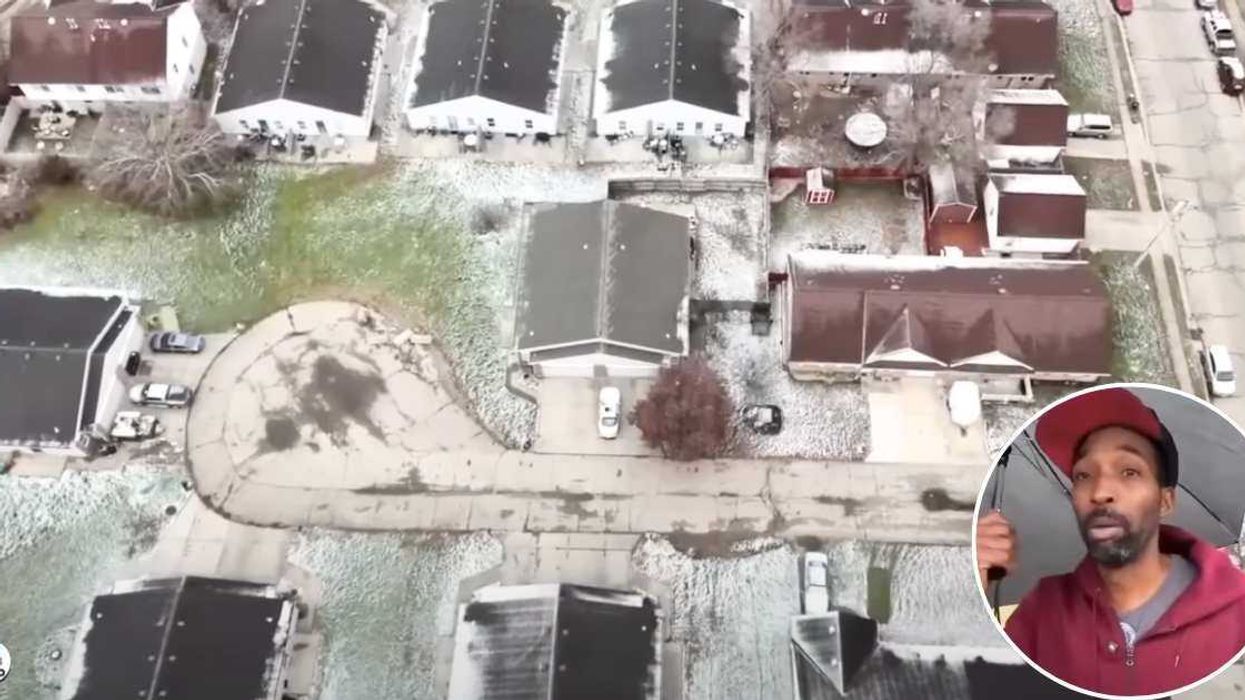
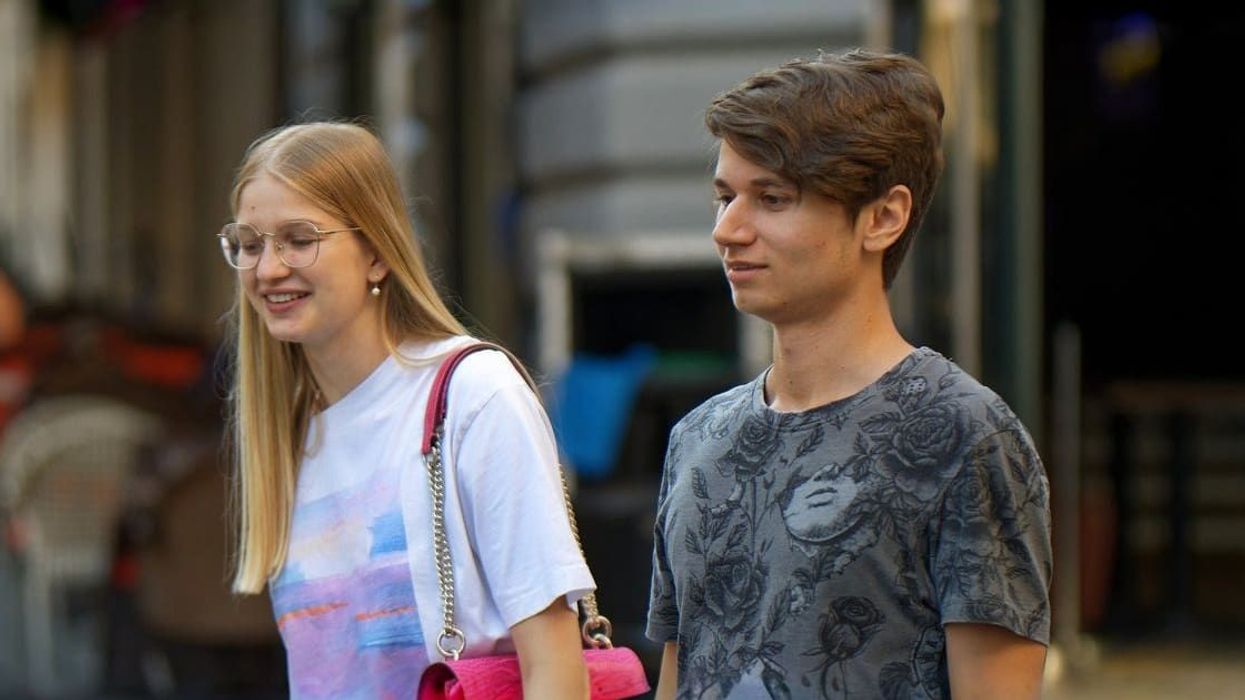


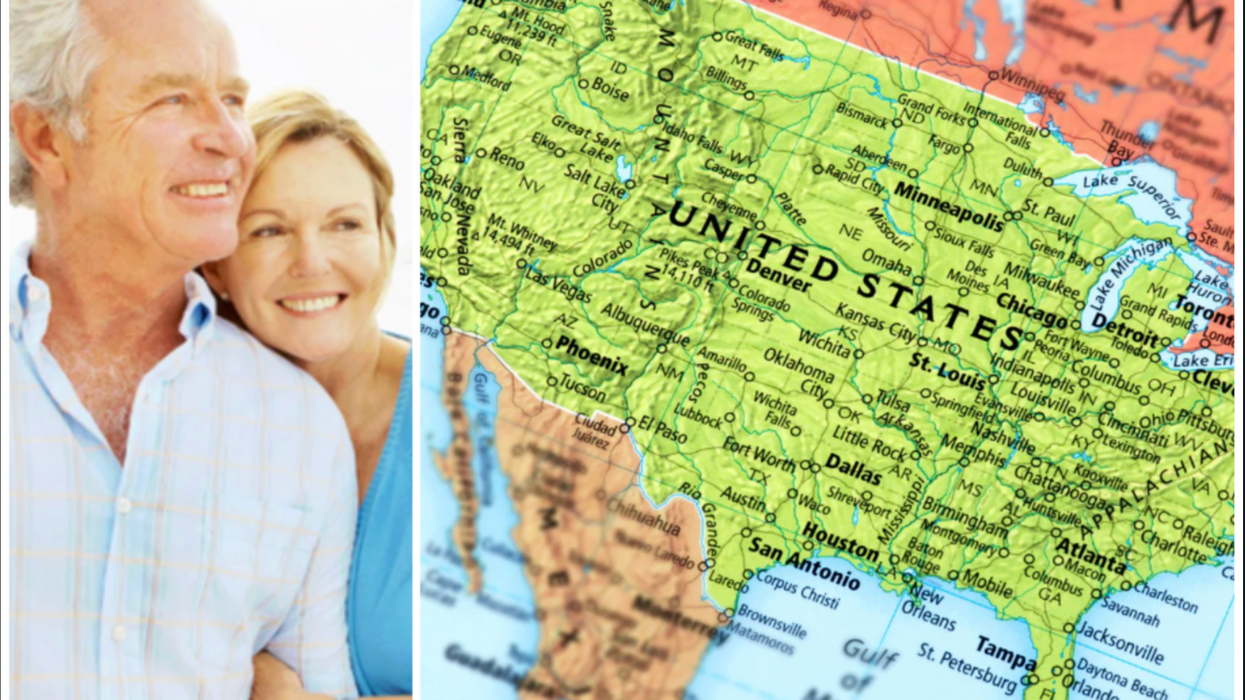

 Otis knew before they did.
Otis knew before they did.